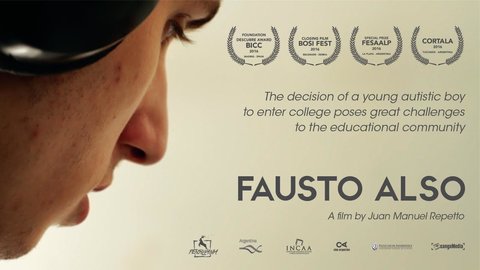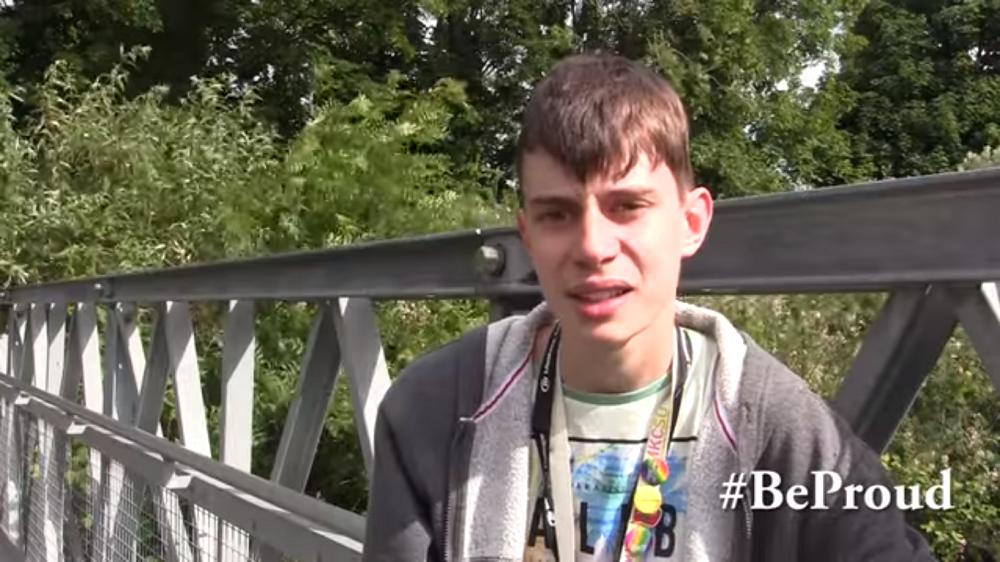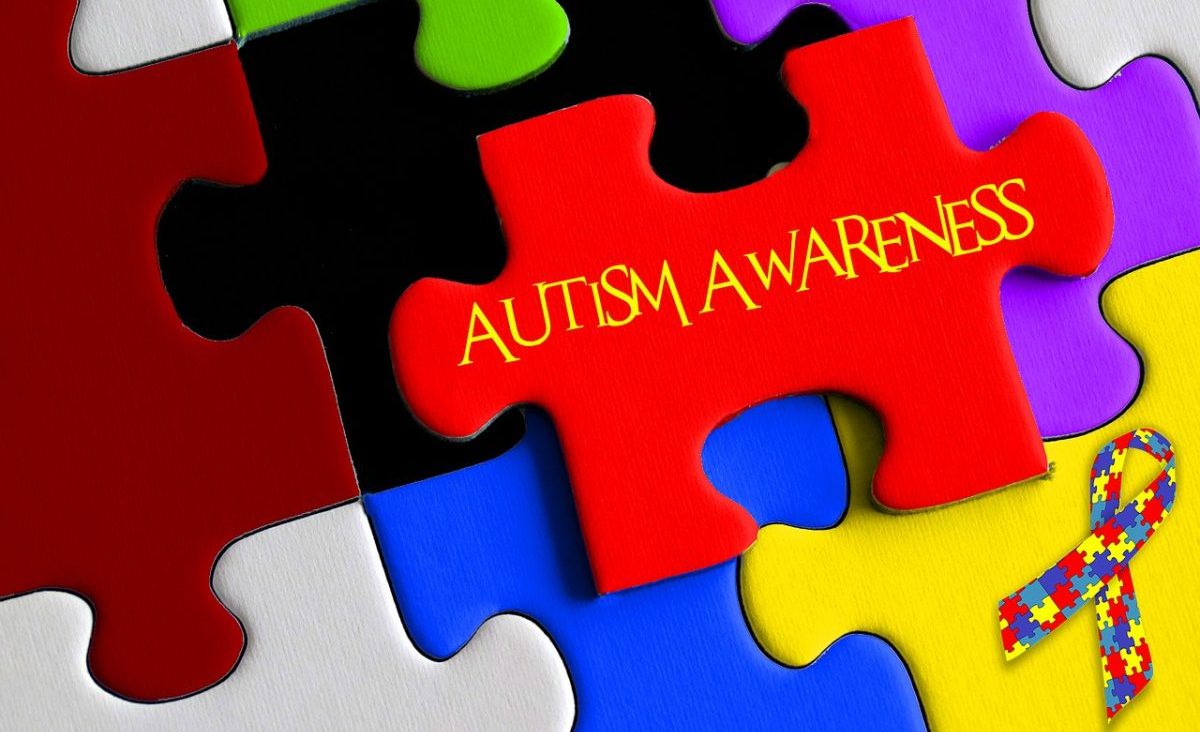In the week surrounding World Autism Awareness Day, which takes place on April 2nd every year, people across the UK are encouraged to take part in World Autism Awareness Week by participating in activities to raise awareness for the National Autistic Society.
“It is necessary to consider unique perceptions and experiences of intersectional people…It is only through their involvement within research, policy, and community practices that the barriers currently preventing their full inclusion in society will be dismantled.” (Saxe, 2017, p. 154)
Why Autism and Intersectionality?
During our preparations for this week, we wanted to share with you well-known people who are on the autism spectrum and show you that while living with Autism brings particular challenges, autistic people can and do live a fulfilling and meaningful lives. However, what we found during our research is that there are not many LGBTQIA+ and/or BAME well-known people who are on the Autistic spectrum. This is not to say that they do not exists, but it means that due to the unequal structures in our society, all their oppressed identities set them multiple barriers, which make it difficult for intersectional people to be visible.
What is Intersectionality?
According to Saxe (2017, p. 153) intersectionality, a theory originating from feminist literature, has been used in research focused on experiences of individuals with a variety of identities, including people experiencing disability. This theory suggests that a person who has numerous identities will have different life experiences than someone who shares only one, or some, of those oppressed identities. For example, a Black queer woman will have different life experiences tied to her identity than a Black queer woman with autism spectrum disorder (ASD). The theory does not invalidate one or the other, it simply acknowledges the differences between the two.

The Journey of an Autistic Teenager Attending College in Argentina
Autism in the BAME community
One of the first challenges families face is getting a formal autism diagnosis for their child. A formal diagnosis is significant in getting access to the right support, and finding explanation for why some things are more difficult. A study by Begeer et al. conducted in 2008 found that paediatricians can be inclined to attribute communication and social problems of children from Black, Asian and other non-white minority ethnic (BAME) backgrounds to their ethnic origin, while they would likely attribute the same problems in children from majority groups to autistic disorders. This means that compared to majority groups, BAME groups do not receive the same access to autism diagnoses and treatments.
However, getting a formal diagnosis can also be difficult for adults in the BAME community. Some people may not want a diagnosis and the label it brings due to a fear of stigma or damage to their career plans. But there are benefits to getting formally diagnosed, such as improved quality of life, creating opportunities to have special needs met, greater understanding and reassurance about one’s own situation and access to interventions and services. Some resources also suggest that diagnosis can provide relief, understanding or an opportunity to move on with increased support. There are many online ‘autism tests’, but none of these can guarantee accuracy. Because ASD varies from person to person, making a diagnosis can be difficult, and therefore it is best made by a multi-disciplinary diagnostic team.
If you would like to find out more, or know someone who may need help, these are some useful resources which can help you start looking for services which meet your cultural and specific needs: Supporting BAME autistic people and their families, Diverse perspectives, Watching brief: BAME autism support, and BAME families.
Autism in the LGBTQIA+ community
Children and adults can face a number of difficulties when they are on the intersection of ASD and LGBTQIA+ spectrums. Some people can question their sexual orientation or gender diversity because of their autism, particularly because identifiers of autism include social communication issues, tendencies to focus intently on certain topics, and mimicking friends and peers. This can mean that the parents and/or teachers of autistic LGBTQIA+ people may be reluctant to acknowledge their feelings and therefore do not provide them with the support and information they need.
Especially in relation to adults, the literature on the intersection of ASD and the LGBTQIA+ spectrums is limited. A common myth about people with autism is that they do not experience nor desire romantic feelings, intimate and sexual relationships. . However, young people with autism can experience a wide range of sexual feelings, interests, needs, orientations, and behaviours (Duke, 2011, p. 38).

Several studies suggest a growing recognition that a significant number of people with gender dysphoria have Autism Spectrum Disorder. According to Glidden et al. (2016, p. 11), recognising gender dysphoria in individuals with ASD is very complex. This is because of potential difficulties which autistic people can experience, such as communication, shared psychological concepts of gender and gender expression, and building a therapeutic relationship with the clinician. Assessing gender dysphoria in individuals with ASD is also challenging because of the lack of professionals trained in both of the domains and the time-consuming nature of making the diagnosis.
If you would like to find out more, or know someone who may need help, these are some useful resources which can help you start looking for information and services which meet your specific needs: Celebrating LGBT and Neurodiversity, What Is Gender, Living Between Genders and Why we need to respect sexual orientation, Gender diversity in autism.
Mentioned studies:
 Library
Library Alexandra Telekova
Alexandra Telekova 2543
2543


